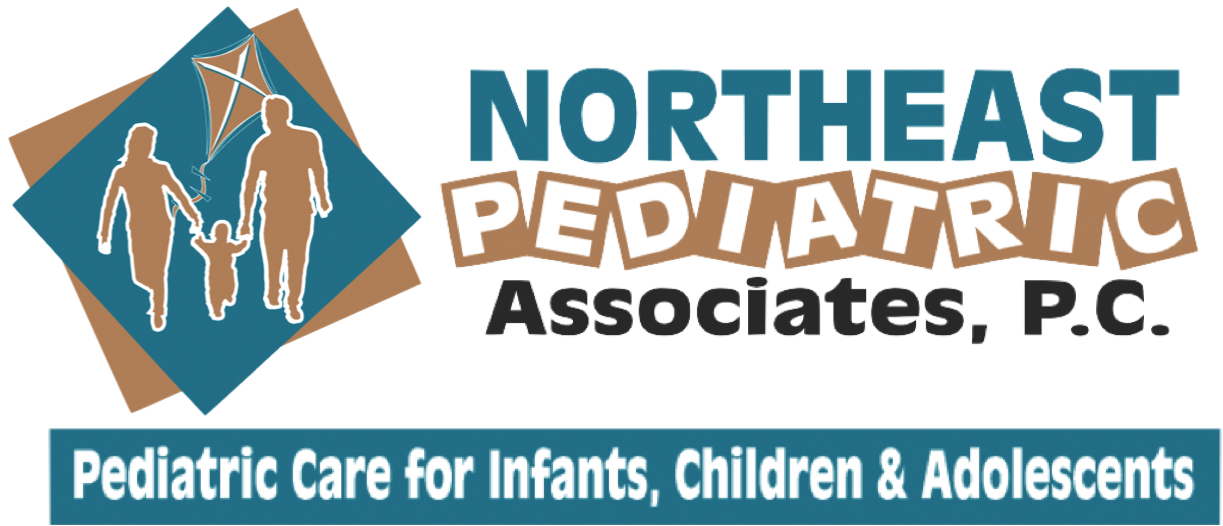- Introduction
- Office Visits
- Phone Calls
- Feeding
- Solid Foods
- Vitamins
- Infant Nutrition
- Baby Care
- Bathing & Body Care
- Ear Infections
- Stools & Hygiene
- How Does Your Baby Look?
- Immunization
- Wheezing
- Spitting Up
- Fever
- Crying & “Gas Pains”
- Cough
- Sleep
- Constipation
- Bowel Movements
- Diarrhea
- Diaper Rash
- Teething
- Colds
- Vomiting
- Crib Safety
- Changing Table
- Jumpers or Walkers
- Signs of Illness
- Poisons
- Car Seats
- Choking
- Dosing
- Reading References
Vaccine & Immunization Schedule
Today, children in the United States routinely get vaccines that protect them from more than a dozen diseases such as measles, polio, and tetanus. Most of these diseases are now at their lowest levels in history, thanks to years of immunization. Children must get at least some vaccines before they may attend school.
Vaccines help make you immune to serious diseases without getting sick first. Without a vaccine, you must actually get a disease in order to become immune to the germ that causes it. Vaccines work best when they are given at certain ages. For example, children don't receive measles vaccine until they are at least one year old. If it is given earlier it might not work as well. The Centers for Disease Control and Prevention publishes a schedule for childhood vaccines.
Although some of the vaccines you receive as a child provide protection for many years, adults need immunizations too.
(Source: Centers for Disease Control and Prevention)Please click on the following link to get "Immunization Schedule" as recommended by the American Academy of Pediatrics.
Schedule of Examinations & Immunizations